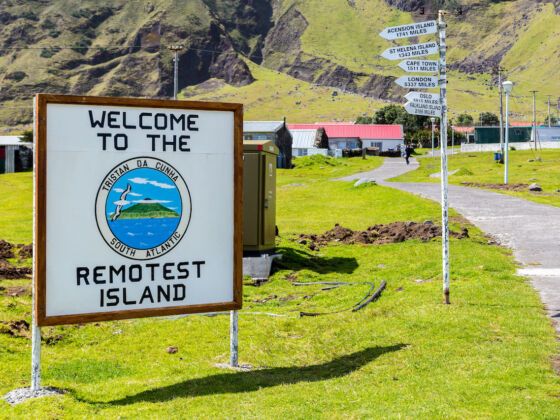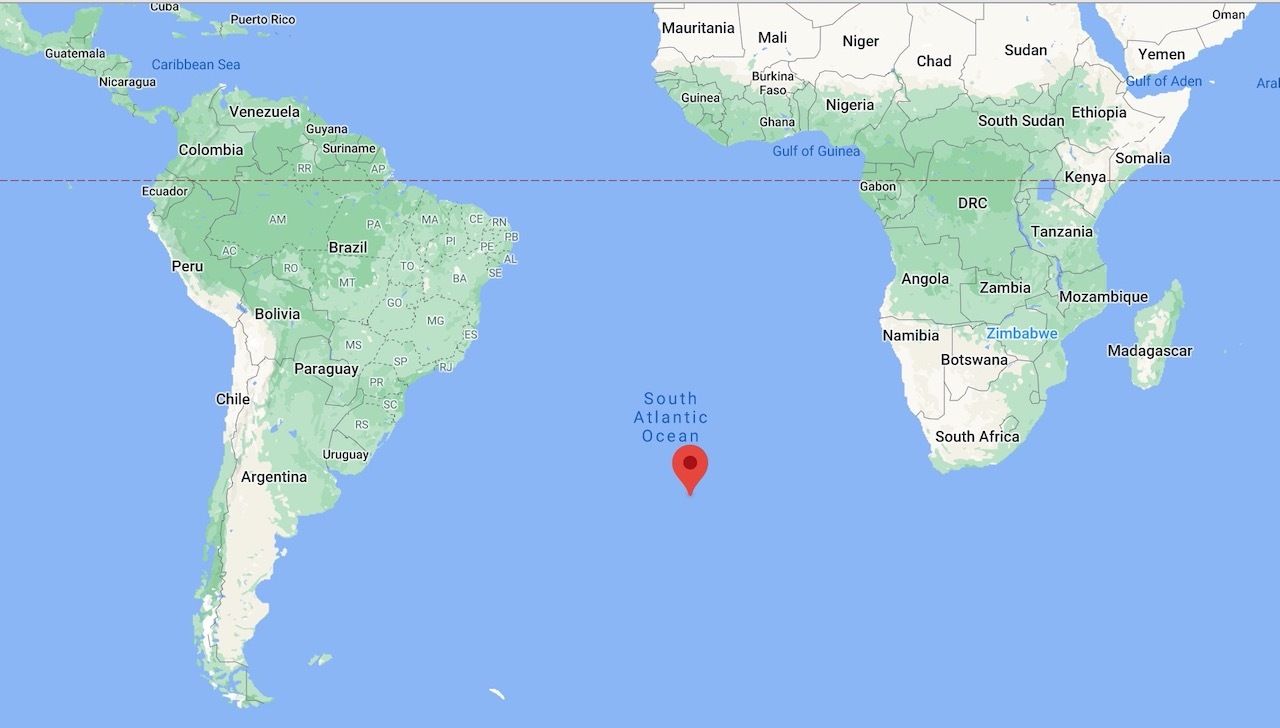The island chain of Tristan da Cunha in the South Atlantic Ocean is the most remote inhabited island in the world. It is located in between Africa and South America, it has no airport, and it’s home to only a few hundred people — but it is a haven to a great variety of species, including tens of millions of seabirds, whales, sharks, and seals, among many others.


The World’s Most Remote Inhabited Island Is Now Also the Largest Wildlife Sanctuary on the Planet

Photo: Google Maps
Tristan da Cunha and 270,000 square miles of its waters will soon become a Marine Protection Zone and join the UK’s Blue Belt Programme as the largest no-take zone in the Atlantic, meaning no damaging fishing or other extractive activities will be permitted in the area.
According to London’s Natural History Museum, Tristan da Cunha, an active volcano rising from the middle of the South Atlantic Ocean, is “a biodiversity hotspot, and lots of animals and plants that live around Tristan da Cunha are endemic, which means they are not found anywhere else on Earth.”

Photo: maloff/Shutterstock
The people of Tristan da Cunha, who rely on fishing in the area, will be permitted to continue their activities to sustain themselves, but they welcomed the news of the protection of the place they call home.
James Glass, Tristan da Cunha Chief Islander, said, “Our life on Tristan da Cunha has always been based around our relationship with the sea, and that continues today. The Tristan community is deeply committed to conservation: on land, we’ve already declared protected status for more than half our territory. But the sea is our vital resource, for our economy and ultimately for our long-term survival. That’s why we’re fully protecting 90% of our waters — and we’re proud that we can play a key role in preserving the health of the oceans.”